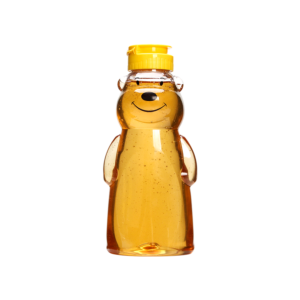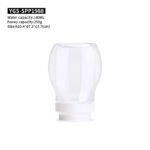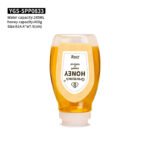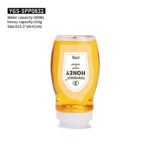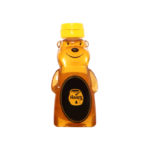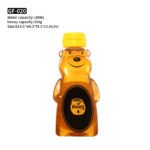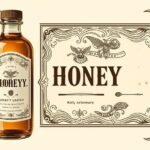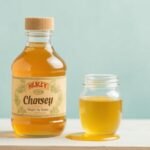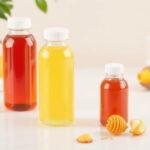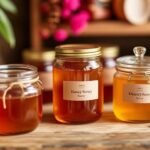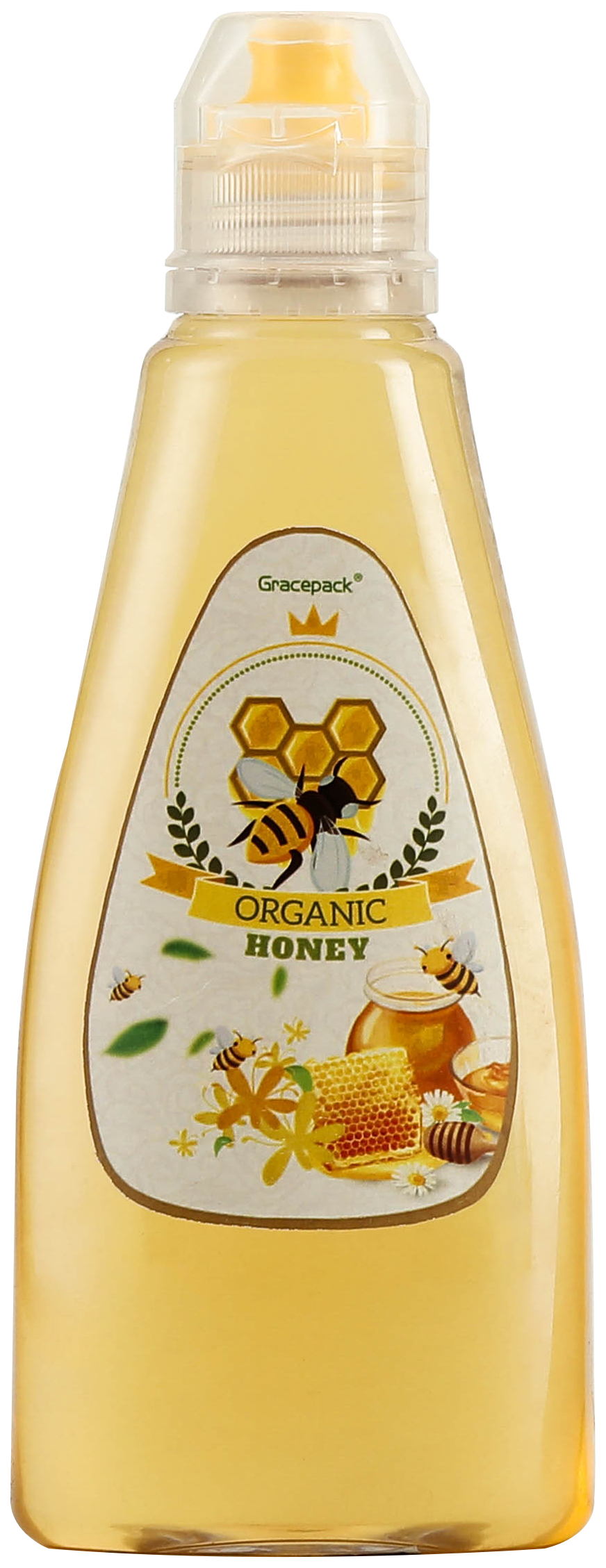Table of Contents
- Introduction
- Benefits of Plastic Honey Packaging
- Safety: BPA-Free and Food-Grade Standards
- Design and Consumer Convenience
- Economic & Supply Chain Advantages
- Drawbacks and Considerations
- Gracepack’s Plastic Honey Bottles
- Environmental Impact & Recycling
- Conclusion
- Summary Table
Introduction
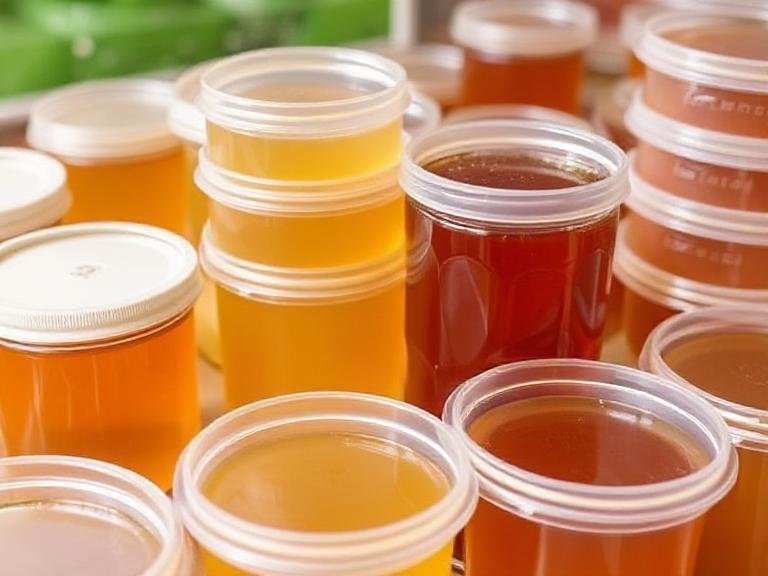
Honey has traditionally been sold in glass jars, but plastic containers have become increasingly popular in modern retail. This shift is driven by a combination of practical, economic, and safety factors. Here we dive into why honey producers opt for plastic packaging and how solutions like Gracepack’s BPA-free bottles address both consumer and manufacturer needs.
Benefits of Plastic Honey Packaging
- Durability: Plastic bottles are shatter-resistant—ideal for households with children or retail transport.
- Lightweight: They reduce shipping costs and are easier for consumers to handle.
- Flexible shapes: Squeezable bottles allow precise dispensing and minimize waste.
- Cost-effective: Plastic production costs remain lower than glass, enabling competitive pricing.
Safety: BPA-Free and Food-Grade Standards
Gracepack manufactures honey bottles from BPA-free, food-grade plastics, ensuring:
- No chemical leaching into honey.
- Compliance with international food safety regulations.
- Durable and safe contact under various temperatures.
These standards protect honey’s purity and maintain consumer trust.
Design and Consumer Convenience
- Precision pour spouts: Snug-fitting tops prevent drips and sticky messes.
- Ergonomic handling: Containers like GF‑021 and GF‑020 provide easy grip and squeeze control.
- Versatility in sizes: From tabletop squeezers to large commercial jugs, Gracepack offers varied models like G‑41 and G‑05.
- Customizable branding: Gracepack offers label design and structural customization for brand differentiation.
Economic & Supply Chain Advantages
- Bulk production: Plastic molds allow high-volume output at lower unit cost.
- Integrated services: Gracepack provides customization, production, and quality inspection—streamlining the supply chain.
- Lower breakage rates: Reduced product loss during distribution improves profitability.
Drawbacks and Considerations
- Perception issues: Some consumers view glass as more premium or natural.
- Environmental concerns: Plastic waste requires proper recycling infrastructure.
- Heat sensitivity: Although safe under normal conditions, extreme heat can warp plastic.
Gracepack’s Plastic Honey Bottles
-
Honey Bottle SPP1988
-
Honey Bottle SPP0833
-
Honey Bottle SPP0832
-
Honey Bottle G-19#
-
Honey Bottle GF-021
Gracepack offers a range of honey bottle models designed for both retail and commercial use:
- GF‑021, GF‑020, G‑41, G‑05: Sleek designs with precise pour controls and ergonomic shapes.
- High-quality & BPA-free: Ensures safety and durability.
- Customization: Free design services and supply chain consolidation support.
- Quality inspection: Thorough testing guarantees compliance and performance.
Environmental Impact & Recycling
- Recycling potential: Many plastic honey bottles are recyclable PET or PP.
- Reduced breakage: Fewer broken containers mean less waste.
- Encouraging reuse: Gracepack bottles can be repurposed for kitchen use.
- Industry initiatives: Many brands offer bottle take-back programs to reduce environmental impact.
Conclusion
Plastic honey containers offer a compelling mix of safety, convenience, and design flexibility. Brands like Gracepack optimize these benefits with BPA-free, durable, and customizable solutions. While glass remains a premium choice, modern plastic bottles effectively meet the evolving demands of consumers and manufacturers alike—especially when sustainability is prioritized.
Summary Table
| Factor | Plastic Packaging | Gracepack Advantage |
|---|---|---|
| Durability | Shatter-resistant, lightweight | BPA-free, food-safe materials |
| Convenience | Squeeze bottles with drip-free spouts | Ergonomic GF models with customized designs |
| Cost | Lower production & shipping costs | Custom molds + streamlined supply chain |
| Consumer Perception | Accessible & practical | High-quality finishes, premium feel |
| Environmental Impact | Recyclable if managed properly | Quality ensures reuse, less waste |















